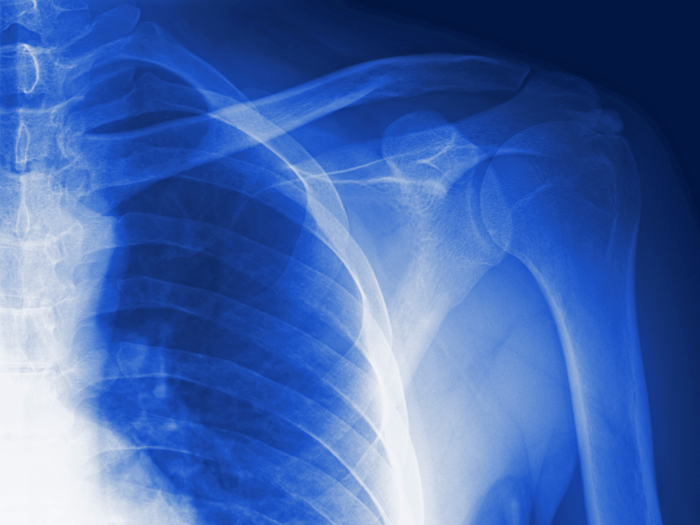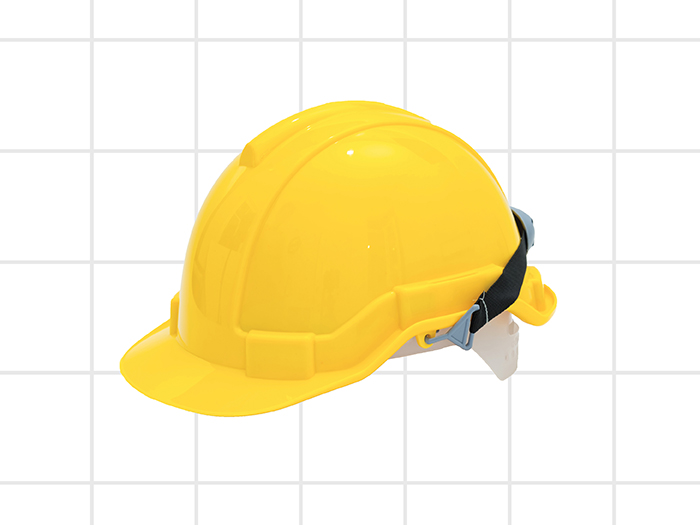Shoulder Injuries
Orthopedic Doctors Reveal Latest on Shoulder Diagnoses, Treatments

Some of the latest protocols to treat shoulder injuries among Connecticut’s workers’ comp patients are drawing criticism from at least one expert. He says one of the new rules may save money initially but lead to poorer outcomes and more money in the long run.
The state’s revised rules took effect April 1. For acute traumatic or overuse/repetitive shoulder injury at less than four weeks, the state’s Workers’ Compensation Commission recommends X-rays if indicated by amount of trauma or medical suspicion but “no MRI or CT scan.”
“If you don’t get an MRI or ultrasound initially, you have the possibility of missing a full thickness rotator cuff tear, which is best repaired within 10 days of the injury,” said Dr. David Cooper, an orthopedic surgeon and founder of The Knee Center in Wilkes-Barre, Pa. “If you don’t make that diagnosis, not only are you doing a disservice to the worker, but also when he doesn’t get better and four weeks later an MRI shows a tear, it’s very hard to fix, and the guy will come back and blame workers’ comp for not getting a good result.”
While other experts may dispute that exact time frame, they agree the sooner a full thickness rotator cuff tear is repaired, the better chance for an optimal outcome.
Rotator Cuff Tears
Rotator cuff tears are one of the most common shoulder injuries, especially among injured workers. A partial tear involves damage to the soft tissue but does not completely sever it while a full-thickness tear splits the soft tissue into two pieces.
“A partial thickness tear is considered degenerative. You may not want to pick it up as a workers’ comp injury. It may not be your responsibility.”
Partial thickness tears are usually the result of wear and tear as part of the normal aging process. On the other hand, full thickness tears are often caused by traumatic injuries such as falls. Knowing the difference can help workers’ comp practitioners determine causation.
“Workers’ comp has a basis in treatment for an acute tear,” Cooper said. “A partial thickness tear is considered degenerative. You may not want to pick it up as a workers’ comp injury. It may not be your responsibility.”
That’s another reason Cooper suggests getting an early diagnosis of shoulder pain among workers. But he understands the reluctance to perform an MRI at the onset of shoulder pain, especially since they can cost upwards of $600.
“I sort of agree with having no MRI. But an ultrasound would be a good screening test. Studies have shown them equivalent to MRI results,” he said. “A good ultrasound costs about $150.”
Cooper and others point out that it’s important to use an occupational health facility that has experience with ultrasound.
“It can be abused but is very operator dependent,” said Dr. William Ritchie, an orthopedic surgeon who specializes in injuries and conditions of the shoulder and knee, occupational medicine, sports medicine, and trauma at New Mexico Orthopaedics. “MRI is still the gold standard.” However, Ritchie also says he would only do an MRI within the first four weeks if there was a high suspicion of a rotator cuff tear such as significant weakness in the setting of a traumatic injury to the shoulder
Ritchie says there are some additional diagnostic tests that may be overused for injured workers. “You seldom need, for instance, EMG and nerve studies, but I do see them done by physiatrists for shoulder pain,” Ritchie said. “[As far as] MRI scans, that’s a tough call. They probably are done somewhat more often than they need to be. On the other hand, in the workers’ comp population, there have been studies showing if they are done early and get diagnosis and treatment in the long term that can save money.”
Other Injuries
Aside from rotator cuff tears, other injuries seen among workers include SLAP tears, or superior labral tear from anterior to posterior; essentially a pulling injury to the shoulder.
“The SLAP tear was much more commonly diagnosed by MRI scans in the past. We’re diagnosing and operating on fewer of these.”
“It’s more common in sports, but it can be from a fall if you try to catch yourself. But that’s changing over time,” Ritchie said. “The SLAP tear was much more commonly diagnosed by MRI scans in the past. We’re diagnosing and operating on fewer of these.”
An additional shoulder ailment seen occasionally among injured workers is instability from a current dislocation. Ritchie says that can occur from a fall, although it is more typical among athletes.
Treatments
The treatment of shoulder injuries varies depending on the diagnosis. For example, there is debate about the effectiveness of surgery for full thickness rotator cuff tears. The American Academy of Orthopaedic Surgeons’ board of directors recently approved new appropriate use criteria to treat full thickness tears.
“We found that in many patient/treatment combinations nonsurgical treatments or lesser surgeries treatments — partial repair and/or débridement, or repair — might be appropriate,” said Dr. James O. Sanders, who served as section leader and moderator during the appropriate use criteria’s development. “Major surgery such as reconstruction was an option less frequently, and arthroplasty was rarely appropriate.”
In arthroplasty, the joint is replaced, remodeled, or realigned by cutting the bone. One change in recent years is the increased use of arthroscopic surgery versus open surgical procedures.
In terms of recovery from arthroscopic procedures, “there is a small but significant difference but a little less painful,” Ritchie said. “There is faster recovery for arthroscopic [surgery].”
In the future, there may be a variety of procedures to repair shoulder ailments. Included in the Connecticut protocol’s “nonconsensus modalities” are platelet rich injections, acupuncture, hyaluronic acid injections, and stem cell preparations.










